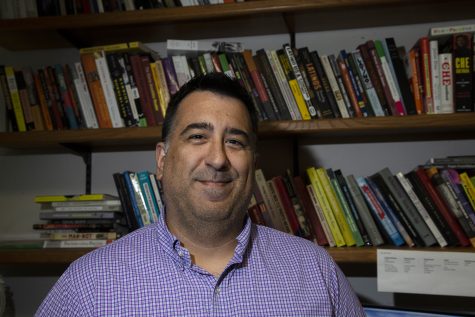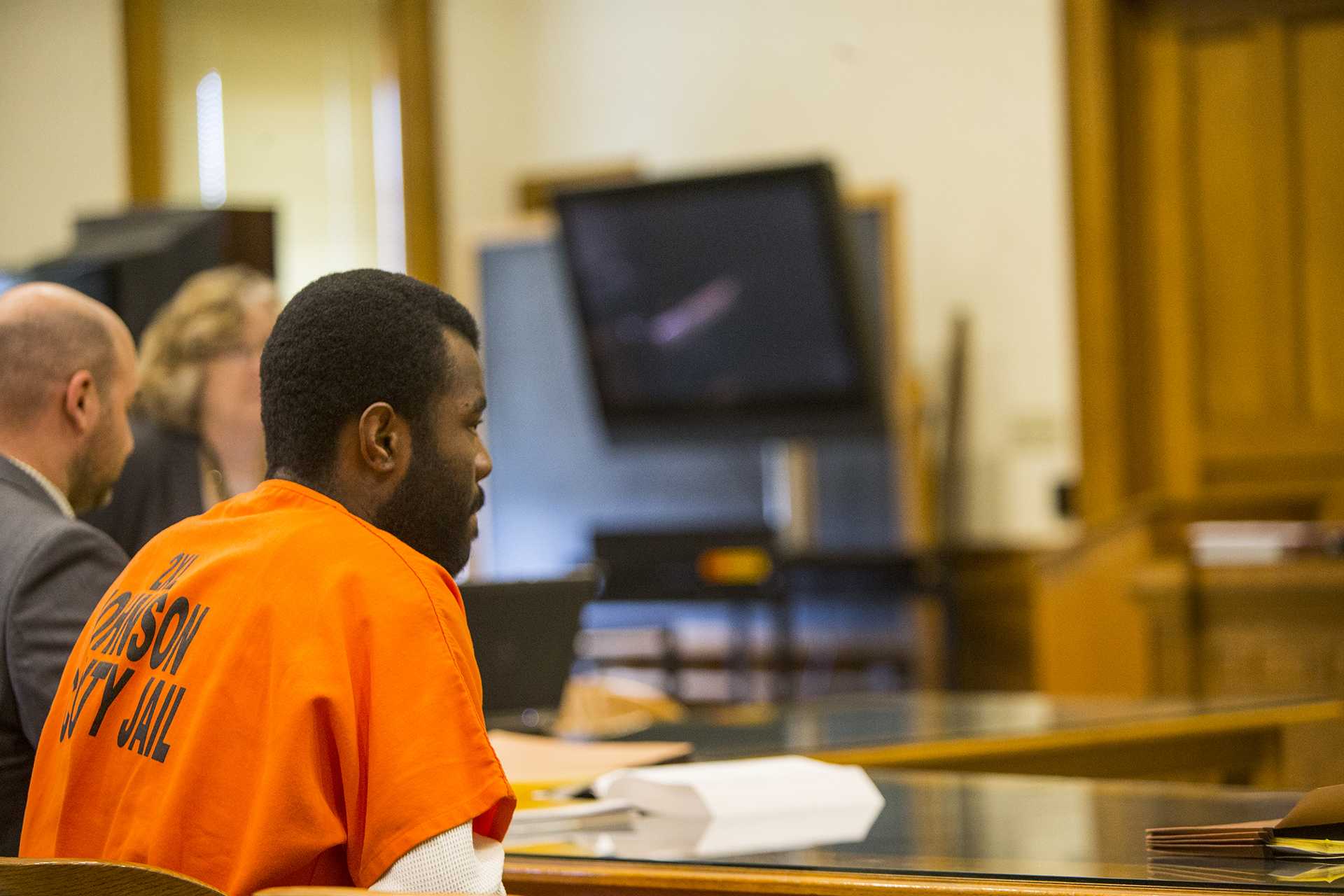University of Iowa rises in U.S. News rankings
After sliding in the standings last year, the UI climbed four spots among U.S. public universities.
The Old Capitol is seen on Thursday, Nov. 30, 2017.
September 9, 2019
The University of Iowa has improved its 2020 U.S. News & World Report standings, climbing four spots to No. 34 in the touted rankings of national public universities.
After blaming state-funding shortfalls for sliding down seven spots in the 2019 rankings, the UI on Monday announced it reversed the dip, inching up to No. 34 from No. 38. The UI is ranked 84th among all public and private universities, up five spots from last year.
Related: University of Iowa falls in rankings, blames dwindling state funding
In addition to improving its overall score, the UI boosted its graduation and retention rank and its faculty-resources rank relative to its peers — metrics which the UI said in a statement are important for the university to track because they align with the UI’s strategic plan and are key to improving student success.
Rankings of key metrics
Six-year graduation rate
2019: 74%
2020: 73%
Avg. first-year retention rate
2019: 86%
2020: 86%
Financial resources
2019: No. 79
2020: No. 83
Faculty resources
2019: No. 73
2020: No. 69
The magazine rankings are an indicator of academic quality in categories such as alum giving, graduation and retention rates, ACT/SAT scores, high-school class standing, and selectivity. The UI uses the metrics that factor into the rankings as a benchmark to compare its performance with peer institutions.
UI President Bruce Harreld has often referenced the U.S. News rankings in pitching requests to the state Board of Regents and Iowa lawmakers for more funding — which he has said would lead to more resources for students and better outcomes, such as higher graduation and retention rates.
Related: Will higher education remain accessible as funding becomes less public
After the 2018 rankings decline, Harreld warned that “continuing the generational disinvestment will result in further reductions in outcomes for students and the university.”
That drop in the rankings came after two years of state-budget cuts to the regent universities, whose general-education fund budgets lawmakers slashed by around $35 million in fiscal 2017 and 2018 combined.
Despite a boost in state funding, the UI’s financial-resources rank fell four spots to No. 83. State lawmakers reversed the trend of disinvestment in the 2019 legislative session, approving a state-appropriations increase of $12 million, which fell short of the regents’ request for a funding increase of $18 million.
Harreld has advocated for tuition hikes in part to compensate for less state funding. In a May interview with The Daily Iowan, he noted the 2019 rankings drop and said the standings matter as a measure of the future value of a UI degree.
“If we continue to go down, as we have, it’s a shame,” he said. “I think that matters, but I don’t think we should chase the rankings. I think there are flaws in them.”
Compared with its peer group of 10 universities, the UI ranks second from the bottom of the pack overall. Only the University of Arizona falls below the UI’s standing, coming at No. 117 of all U.S. public and private universities.
In the May interview, Harreld referenced peer institution University of North Carolina – Chapel Hill — which receives more money from its state Legislature and has thousands fewer students enrolled, meaning there are more resources per student — and said there are gaps in research, student financial aid, and other key areas at the UI.
Harreld often points to UNC as an example of the outcomes that are possible when universities receive more state support because the institution boasts higher graduation and retention rates.
“With these needs,” Harreld told the DI, “the question for the state is, what level do you want the University of Iowa to compete at?”





















